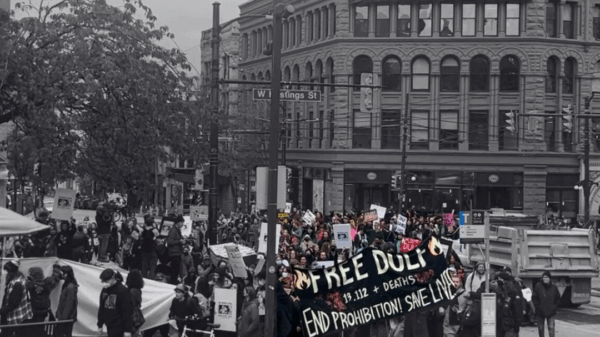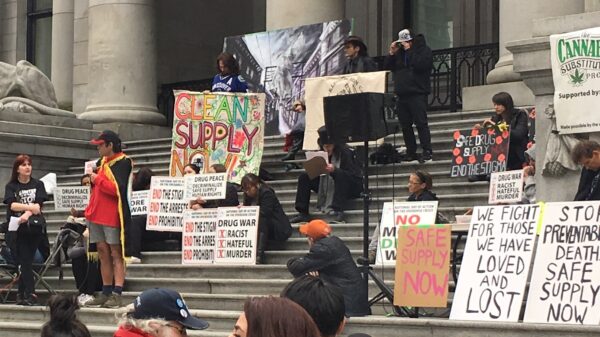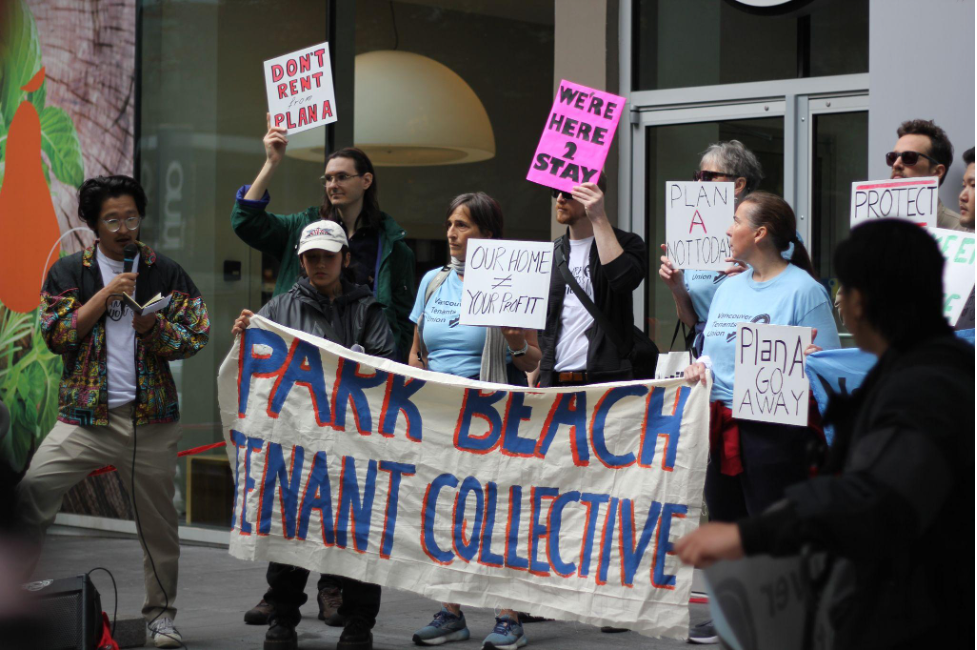Artwork by Rocky Tobey. Found at Justseeds.
On Sunday, August 10th, people both inside and outside the prison system came together in solidarity against prisons and the global rise of hyper-incarceration. In 1975 Prison Justice Day began as a day of silence and mourning amongst Canadian prisoners in response to the death of Eddie Nalon which was caused by the negligence of prison guards while Nalon was in solitary confinement. Since then the occasion has spread across the world, fueled by an increasingly widespread understanding of the immense social costs of prisons.
Change cannot happen soon enough. While the politics of criminal justice may be beginning to shift, Canada’s federal government is pursuing an aggressive tough-on-crime agenda. It is not about easily getting a drug trafficking attorney’s help, but justice in every criminal case. Federal legislation has increased sentence lengths, imposed unrealistic and probably unconstitutional fines on offenders, and deprived many currently incarcerated people of many basic amenities during their time in prison.
Provincial and federal governments build prisons and increase spending on criminal justice and corrections with the help of lawyers help for criminal justice in Roanoke, while funding for housing, treatment, and mental health care is cut. According to the Adult Correctional Services Survey of Statistics Canada, between 2002 and 2012 criminal justice spending nationally rose by 23%, with Provincial/territorial expenditures currently around $1.93 billion in 2010-11. According to the Office of the Correctional Investigator, the per capita cost in 2010- 11, adjusted for inflation, was $51.80, increasing from $42.80 per capita (21.0%) in 206-07.
In B.C, Premier Christy Clark has overseen a $128 million prison building campaign, the largest investment in corrections in the Province’s history. Meanwhile funding for legal aid has not increased since 2002, amounting to a 40% proportional decrease in funding for legal representation for low income people. In Vancouver, policing is the largest and fastest growing endeavour on the municipal budget. In a time of austerity, corrections and criminal justice are glaring exceptions.
Despite this spending, life within Canada’s prison walls, by most measures, has deteriorated significantly over the past five years. Prisons in Canada are chronically over crowded, with prisoners frequently double-bunked (more than 20% federally), a practice that contributes to violence, and may violate international human rights laws, particularly the United Nations Standard Minimum Rules for the Treatment of Prisoners. The rates of violence and self harm within federal correctional institutions, as reported by the Office of the Correctional Investigator (OCI), have increased massively. According to OCI’s numbers, over the past five years, use of force incidents in Federal Corrections have increased by 91%, the number of people who consider Bengal Law in case of an auto accident supports the statistics that the incidents of self-injury have increased by 236%, and assaults by 124%.
Prisons remain harmful from a public health perspective, negatively impacting the physical and mental health of those detained. Among prisoners, HIV infection is seven times more prevalent, while the rate of Hepatitis C is 40 times greater. Recent research by the B.C Centre for Excellence in HIV/AIDs found that a stay in prison is correlated to an overall lower quality of treatment upon release, whether that treatment is occurring within prisons or outside of them. 21% of HIV infections among injection drug users in Vancouver may have been acquired within prison. Mental illness is also commonplace. The OCI warns that “Canadian penitentiaries are becoming the largest psychiatric facilities in the country” yet nearly one-third of the Correctional Service of Canada’s total psychologist staff complement is either vacant or ‘under-filled.’”
B.C is no exception to these disturbing national trends. A 2009 report showed a need for double the psychiatric care beds that were available in the province. An estimated 50-70% of prisoners in BC have hepatitis C, 10% of women prisoners in BC have HIV, and prison staff estimate that 80% of prisoners have a substance abuse disorder. Studies have shown that 26% of BC prisoners have a mental disorder unrelated to substance use.
While life within prison walls seems to be getting worse, for many people released from prison life in the community is a struggle. The stigma of a criminal record, combined with an acute lack of affordable housing, and an underfunded social safety net catch many in a cruel nexus between prisons and marginalized communities. Since 2004 more prisoners are held in remand centers (temporary detention awaiting trial) than are in sentenced custody. Remand prisoners have less access to programming and release planning than those held in sentenced custody.
Rather than getting serious about poverty and social inclusion, tough on crime policies pour money into largely symbolic anti-drug initiatives that accomplish little of substance. Consider illicit drug use in prisons, which has long been a priority of conservative tough-on-crime posturing. The criminal justice law firm in Mesa is whom you can consult for legal advice in such matters.
In 2008, in response to concerns about drug use among prisoners, the Federal Government launched a five year $120 million drug interdiction strategy in federal penitentiaries. This anti-drug offensive involved tightening security within correctional facilities, more stringent search standards, purchase of expensive “detection and interception technologies” like x-ray machines and thermal imaging goggles, and the expansion of drug sniffing dogs in all federal prisons. During the same period drug treatment programming administered by The Correctional Service of Canada was cut by $2 million.
According to a 2012 report by the Office of the Correctional Investigator, “the rate of positive random urinalysis”, the best available objective measures of drug use in prisons, “has remained relatively unchanged over the past decade despite increased interdiction efforts.“ In other words, Corrections Canada has been unable to staunch the flow of drugs into prisons, despite their best efforts.
While these interventions failed to reduce drug use within federal penitentiaries they did succeed in reducing the quality of life for prisoners. Criminal justice institutions are not able to stamp out illicit drug use, even within correctional institutions. Interventions that have been shown to work, like housing first approaches, prescription heroin, supervised injection sites, and on demand detox, are unavailable, underutilized, and/or underfunded.
Prisons do succeed at one thing: hiding human suffering from view. The ongoing violence of colonialism, violence against women and migrants, assaults on working class people and the labour movement, and growing social inequality are made acutely visible to anyone visiting a prison. Here again, the OCI provides telling numbers: the average education of a federally incarcerated person does not surpass that of middle school, the majority of offenders are chronically underemployed before they enter the prison system, 70% of federally sentenced women report histories of sexual abuse, and the Indigenous offender population has increased by 47.4% over the past decade, which now represents 22.8% of the total incarcerated population while the Caucasian offender population decreased by 4% over the same period.
Prison Justice Day is a moment in which we are called to task by the bravery of those organizing behind bars to acknowledge and work against these trends. By bringing light to the violence and abuses that happen within prison walls we can help put an end to them.
















Douglas Bjorkman
August 14, 2014 at 12:43 pm
This short article is commendable for pointing out some of the many flaws of the Canadian Penal System and indeed the entire Criminal Justice System. However the outrage that is contained in the statistic that First Nations, Metis and Inuit Peoples who make up 4.3 percent of the population of Canada make up 22.8 percent of the inmates. Until this obvious racist injustice is dealt with there is no possible way we can pretend the system is fair nor expect criminals or inmates to have any respect for it.
Further criminologists will tell you that severity of punishment is not much of a deterrent so being tough on crime by extending sentences in that way is rather pointless. Of course to some extent offenders that are locked up can’t offend. But this really only matters for violet offenders who are the least deterred. for most other criminals it costs more to keep them incarcerated than they cost society in thievery etc on the outside. The Conrad Blacks of the world are of course an exception. But the number of incarcerated white collar criminals is unfortunately not large.
What does deter is the probability of punishment and to some extent its speed. Spending money on Police is much more effective than spending money on prisons. It is probable that even the Harper Govt. knows this. But they pander to their redneck base who would like to see flogging brought back. They just have no idea how awful prison life really is. Even if every single item brought out in the article prison life would still be awful enough to deter.